Where Can I Buy Olive Trees in Texas to Grow at Home?
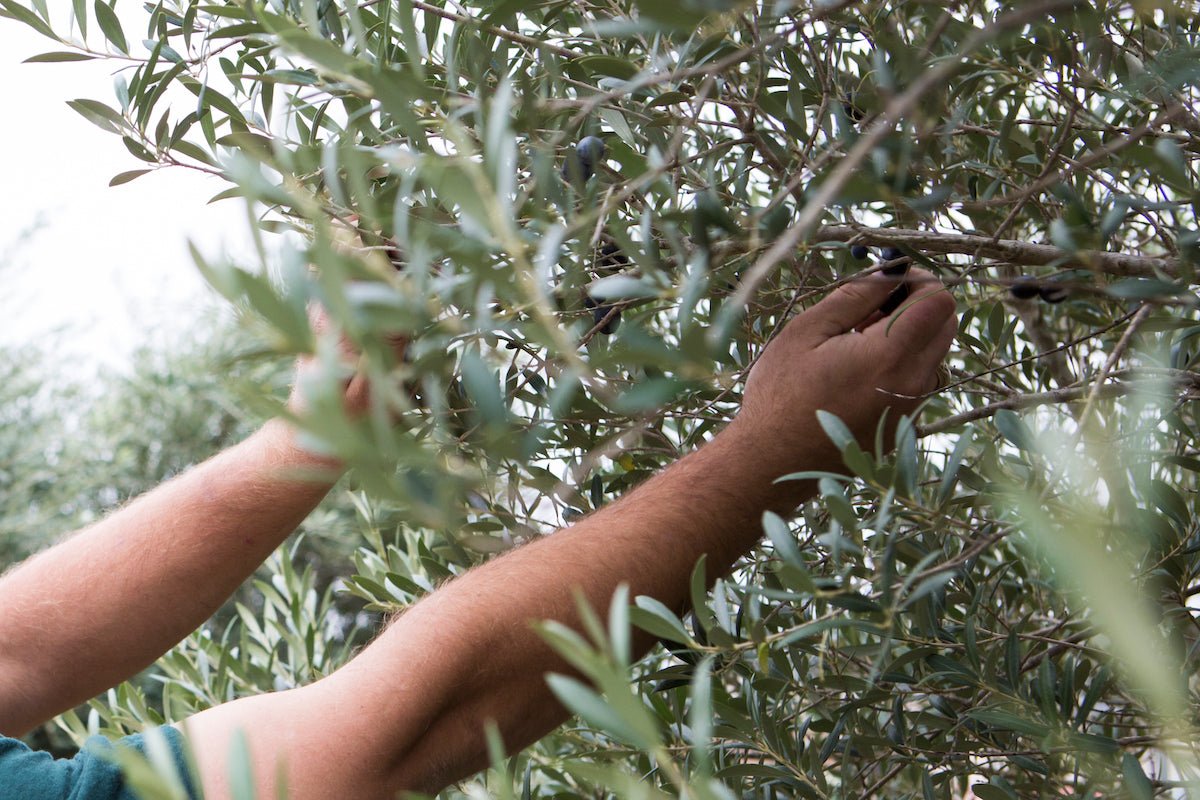
If you're looking to buy Olive Trees in Texas, but don't know where to start, you've come to the right place. But first... why olive trees?
Olive trees are highly valued for a variety of reasons. First and foremost, they are a source of delicious and nutritious fruit that can be used to produce table olives and olive oil.
Olive oil is widely considered to be one of the healthiest oils available, with a range of health benefits that make it a popular choice among health-conscious consumers. Additionally, olive trees are beautiful and can add an attractive element to any landscape.
But as great as all of this sounds, you may have a lot more questions about the practicality of growing olive trees where you live. We are going to answer all of the frequently asked questions below!
Where Can I Buy Olive Trees in Texas And Other Frequently Asked Questions
How Do I Know if Olive Trees Will Survive Where I Live?
Before investing in olive trees, it's important to make sure they will survive and thrive in your local climate. Here are some factors to consider when determining if olive trees are a good choice for your area:
- Climate: Olive trees are native to the Mediterranean basin and thrive in warm, dry climates. They can tolerate mild winters but may not survive in areas with harsh winter conditions. Southern Texas, including San Antonio and the Texas Hill Country, have the ideal weather conditions and growing season for olives. We have a climate similar to the Mediterranean with hot, dry summers and mild winters, making the area ideal for growing olive trees. We normally don't have severe winter freezes (although they happen on occasion) and our good location is why the olive industry in Texas has begun to develop further.
- Soil: Olive trees prefer well-draining soil with a pH between 5.5 and 7.5. If your soil is heavy or clay-based, you may need to amend it with sand or gravel to improve drainage.
- Water: While olive trees are drought-resistant, they still need regular watering to produce fruit. If you live in an area with low rainfall, you will need to irrigate your trees regularly.
- Pests and Diseases: Olive trees can be susceptible to a variety of pests and diseases, including olive fly and verticillium wilt. Check with your local nursery or extension office to see if these issues are common in your area and if there are any preventative measures you can take.
- Microclimates: Microclimates are small areas within your yard that have slightly different growing conditions than the surrounding area. For example, a south-facing slope may be warmer and drier than other areas in your yard. If you have a microclimate that mimics the conditions olive trees need, they may be a good choice even if your overall climate is not ideal.
So, if you live in an area with a Mediterranean climate (or similar), well-draining soil, and access to water, olive trees are likely to thrive. If you are unsure, consult with your local nursery or extension office to get advice specific to your area. With the right conditions and care, you can enjoy the taste of fresh, locally-grown olives and olive oil from your own backyard.
What Trees Do You Offer At Texas Hill Country Olive Co?
There are so many varieties of olive tree to choose from! At Texas Hill Country Olive Co, we offer a great selection of the highest quality of olive trees for sale, including the Mission and Arbequina varieties. Need a small tree? We've got you! These small trees are ideal for growing in south Texas, where they can thrive in full sun and withstand the hot and dry summers that are typical of the region.
Not sure the difference, or what kind you're looking for? We'll break down both trees for you below!
What Olive Tree Should I Plant in Texas?
Whether you choose Mission or Arbequina olive trees, you can be sure that you will be getting high-quality trees that are well-suited for growing in Texas. Each variety has its own unique flavor profile that makes it ideal for different uses, so it is worth considering your specific needs before making a decision.
With our help, you can find the perfect olive trees for your garden and enjoy the taste of fresh, locally-grown olives and olive oil. But let's compare the two:
Mission Olive Trees: are known for their fruit production, and they have been grown in southern Texas for many years. These trees are ideal for those who are interested in olive oil production or who simply enjoy the taste of brined olives. They are well-suited for the Hill Country and San Antonio areas and other parts of south Texas where the climate is warm and sunny. Soil conditions in Texas are ideal for Mission Olive Trees.

The Mission olive, also known as the California Mission olive, has a distinct, slightly peppery flavor that is often described as bold and robust. This makes it an excellent choice for making extra virgin olive oil, as the intense flavor of the olives comes through in the oil. The flavor of Mission olive oil is also well-suited for use in marinades, salad dressings, and other savory dishes. Some people also enjoy eating the olives themselves, either on their own or as part of a charcuterie (or Seacuterie) board.
- For an example of an EVOO made primarily with Mission Olives, try our Texas Miller's Blend.
Arbequina Olive Trees: on the other hand, are known for their high quality fruit and are a great choice for Texas gardeners who want to grow fruit trees. These trees have small, white flowers that bloom in the spring, and they are native to the Mediterranean basin. They can tolerate mild winters and hot summers, making them a good choice for many parts of the United States.
One benefit of growing Arbequina trees is the potential for higher yields. Arbequina olive trees are known for their high fruit production and can produce up to 20 pounds of olives per tree in a single season. Additionally, these trees are self-pollinating, which means that you don't need multiple trees to produce fruit.

Arbequina olives have a mild, buttery flavor that is well-suited for snacking or using in salads. These olives are often described as having a nutty, sweet taste that pairs well with a variety of other flavors. They are also great for making olive oil, as their high oil content means that they produce a rich, flavorful oil that is perfect for cooking or drizzling over foods. The flavor of Arbequina olives is often compared to that of almonds or hazelnuts, making them a popular choice for those who enjoy nutty, buttery flavors.
- For an example of an EVOO made primarily with Mission Olives, try our Sola Stella EVOO.
How Can I Plant And Grow My Olive Trees at Home in Texas?
Growing olive trees at home can be a fun and rewarding experience, and with a little planning, anyone can do it. Here are some tips to help you get started:
- Choose the right location: Olive trees need full sun to grow and produce fruit, so it is important to choose a location in your yard that receives at least six hours of direct sunlight per day. They also need well-draining soil, as they do not like to sit in water. If your soil is heavy, you can improve drainage by adding sand or gravel.
- Plant your trees: If you are planting young olive trees, it is best to do so in the fall or early spring. Dig a hole that is twice the size of the root ball and backfill with soil. Water your tree deeply after planting and then water it regularly until it becomes established.
- Prune your trees: Olive trees benefit from regular pruning to promote healthy growth and fruit production. Prune your trees in late winter or early spring before new growth begins. Remove any dead or diseased branches and trim back the remaining branches to encourage new growth.
- Water your trees: Olive trees are drought-resistant, but they still need regular watering to produce fruit. Water deeply once a week, and more frequently during hot, dry weather.
- Harvest your olives: Depending on the variety, your olives will be ready to harvest in the fall or winter. Olives can be harvested when they start to turn purple. Pick your olives by hand or use a small rake to pull them off the tree. Follow a recipe to brine the olives properly and make sure they are stored properly while they cure.
With these tips, you can successfully grow olive trees at home and enjoy the taste of fresh, locally-grown olives and olive oil. Remember to be patient, as it can take a few years for your trees to start producing fruit, but with proper care and attention, you will be rewarded with a bountiful harvest.
What Should I Do If There is Another Texas Freeze?
While olive trees are generally hardy and can tolerate mild winters, they can be vulnerable to sudden freezes or extreme cold. If you live in an area prone to freezes, here are some steps you can take to protect your olive trees:
- Cover your trees: Covering your trees with blankets, tarps, or other insulating material can help protect them from freezing temperatures. Be sure to cover the entire tree, including the trunk and branches, and secure the cover tightly to prevent it from blowing away.
- Use heat lamps: If you have access to heat lamps or other heating sources, you can use them to keep your trees warm during a freeze. Place the lamps close to the trunk of the tree and cover the area with blankets or tarps to trap the heat.
- Water: It may seem counterintuitive, but watering the root zone before a freeze can help to protect against freeze damage. Wet soil will stay warmer than dry soil thus insulating the root zone.
- Prune damaged branches: If your trees do experience damage from a freeze, wait until spring to prune them. Cut back any damaged or dead branches to encourage new growth.
It's important to note that even with these precautions, severe freezes can still cause damage or even kill olive trees. However, taking these steps can increase the chances of your trees surviving and thriving in the long run. If your trees do suffer damage from a freeze, be patient and give them time to recover. With proper care and attention, they can bounce back and continue to produce high-quality olives and olive oil.
How Can I Turn My Harvested Olives into Table Olives?
If you've grown your own olive trees at home, you may be interested in turning your olives into table olives to enjoy as a snack or use in cooking. While the process of making table olives can be time-consuming and requires some specialized equipment, it can be a fun and rewarding way to enjoy the fruits of your labor.
To start, you'll need to harvest your olives at the right time. Depending on the variety of olive tree you have, this may be in the early fall or winter months. Once you've harvested your olives, you'll need to remove any leaves and debris, and then sort them by size.
Next, you'll need to prepare your olives by brining them. This involves soaking them in a solution of water and salt for several weeks, which helps to remove any bitterness and preserve the flavor of the olives. After the brining process is complete, you can add additional flavorings like garlic, herbs, or lemon zest, if desired. You can also store them in a dry, cool place for long-term storage.

Can I Make My Own Olive Oil at Home?
It is possible to make olive oil at home, but it can be a time-consuming and labor-intensive process. To make olive oil at home, you will need to harvest ripe olives from your trees, remove the pits, and crush them into a paste using a mortar and pestle or a mechanical press. The paste is then pressed to extract the oil, which is then separated from the water and solids. This process can be done using a hand-cranked press or a hydraulic press.
While making olive oil at home can be a rewarding experience, it's important to note that it requires a lot of olives to produce a small amount of oil. The amount of oil you can produce will depend on the size of your olive trees and the amount of fruit they produce.
Additionally, it's important to ensure that your olives are properly ripened and processed to produce high-quality oil. If you're interested in making olive oil at home, it's a good idea to do some research and consult with experienced olive growers to ensure that you're following proper procedures and getting the best results.
Why Buy Texas Olive Oil and Olive Trees from the Texas Hill Country Olive Company
If you're looking to buy high-quality olive oil in Texas, look no further. As a family-owned and operated business, we are committed to producing the finest olive oil possible.
Olive oil is known for its many health benefits, including being rich in monounsaturated fatty acids and antioxidants. These properties have been linked to a lower risk of heart disease, improved brain function, and reduced inflammation, among other benefits.
When you buy olive oil from Texas Hill Country Olive Co., you can feel good about the quality of the product and the positive impact it can have on your health.
Live in the Dripping Springs area, and looking to order your olive trees for pickup? Click here to select your tree and make sure they're still in stock!


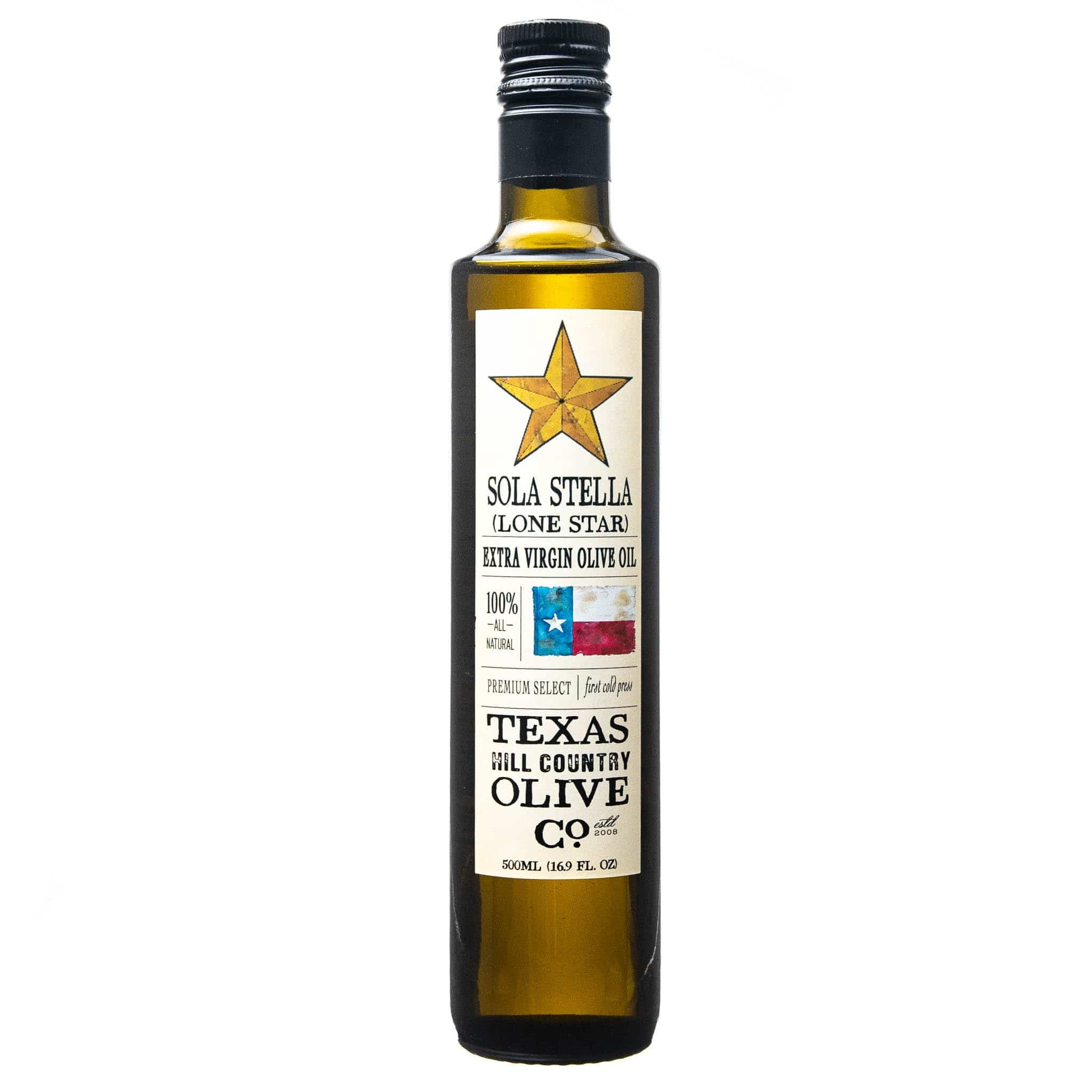
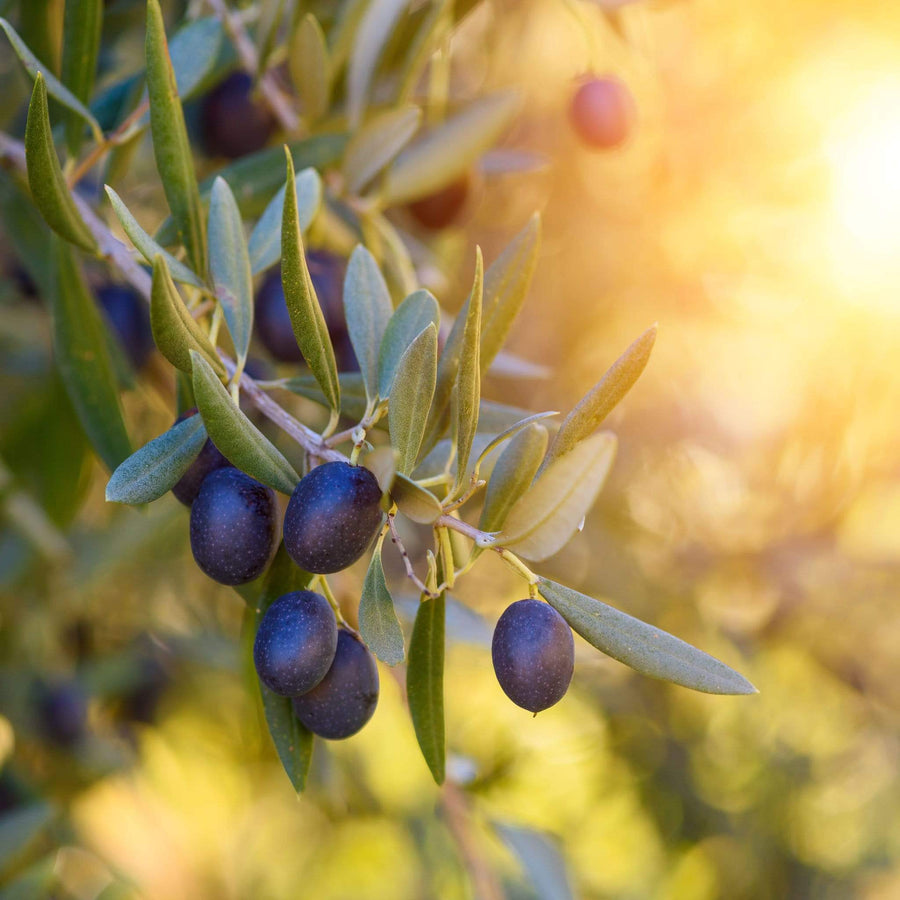
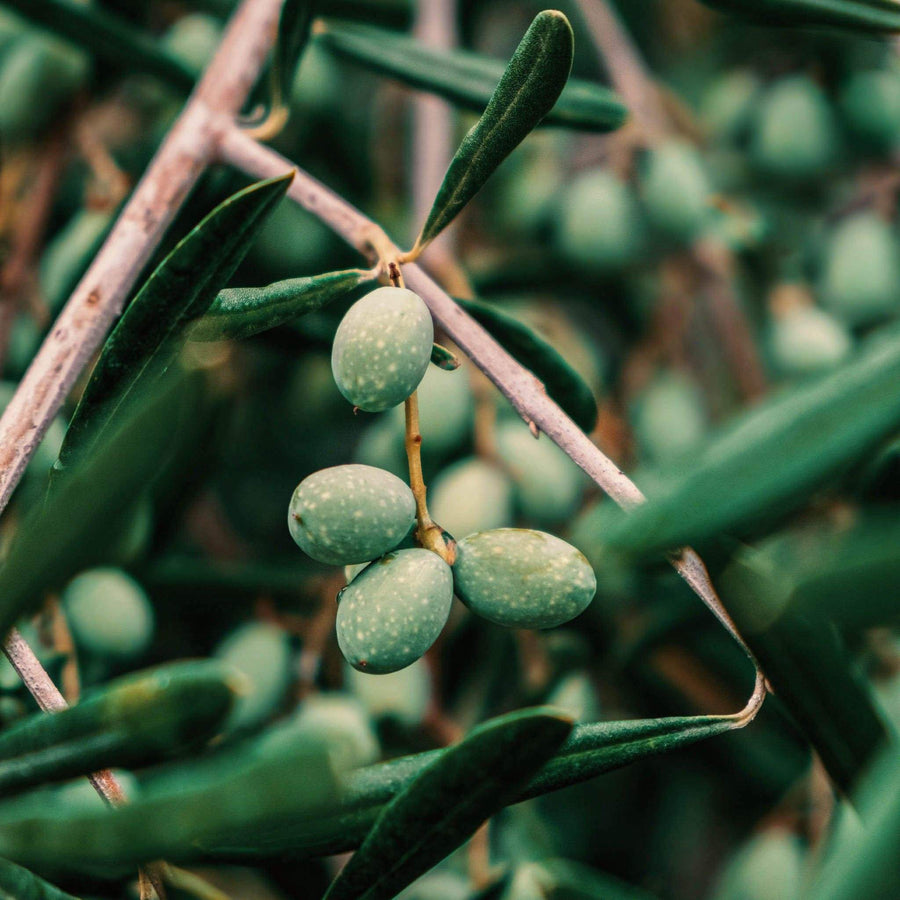
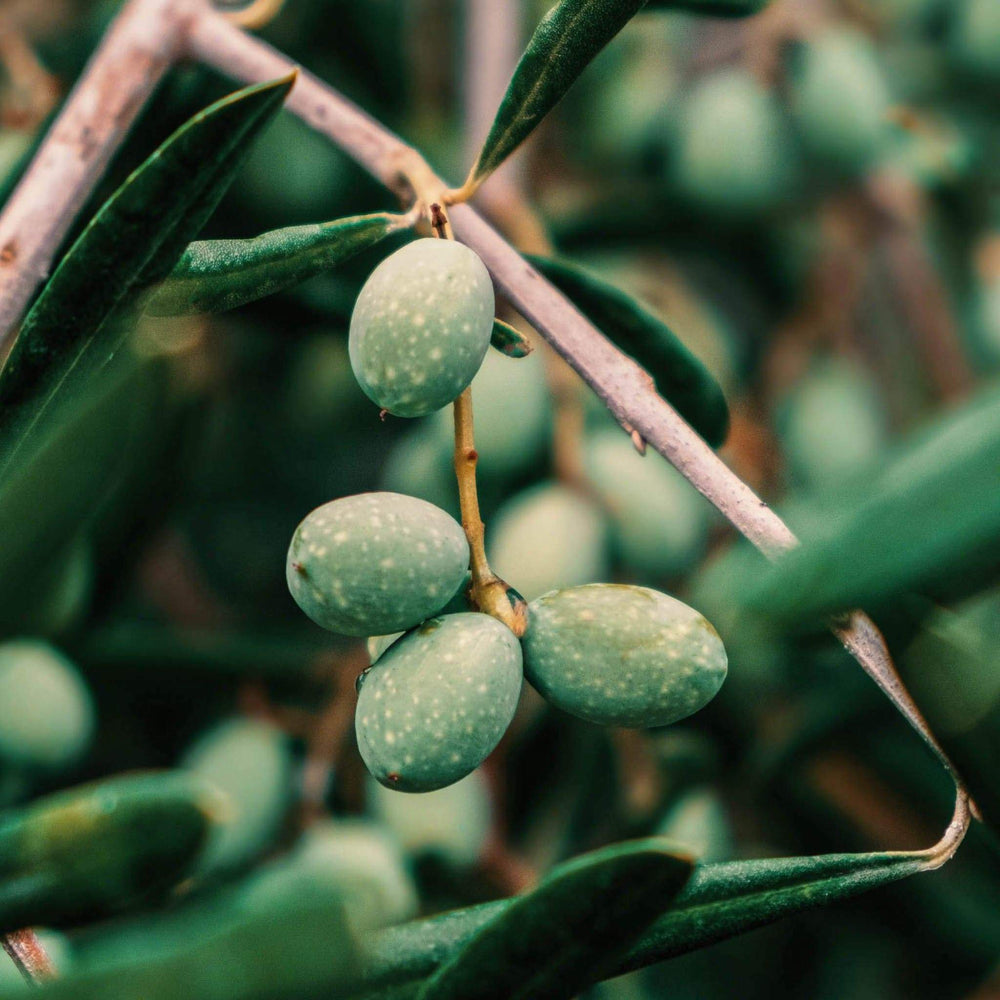
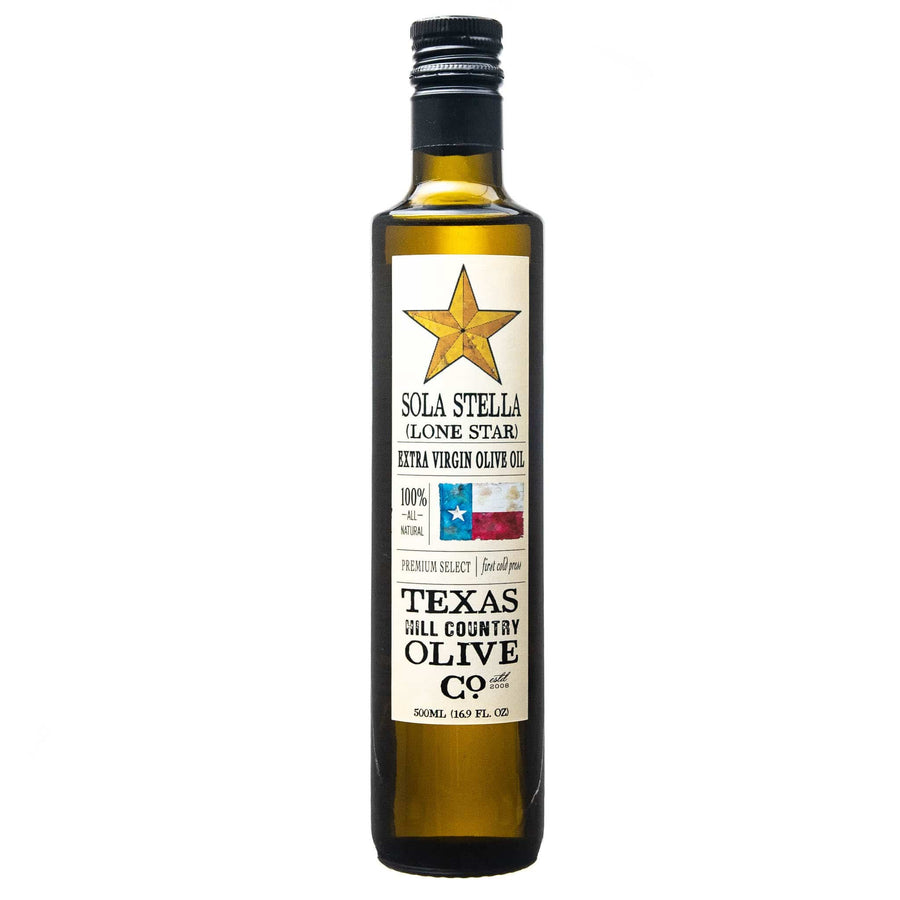
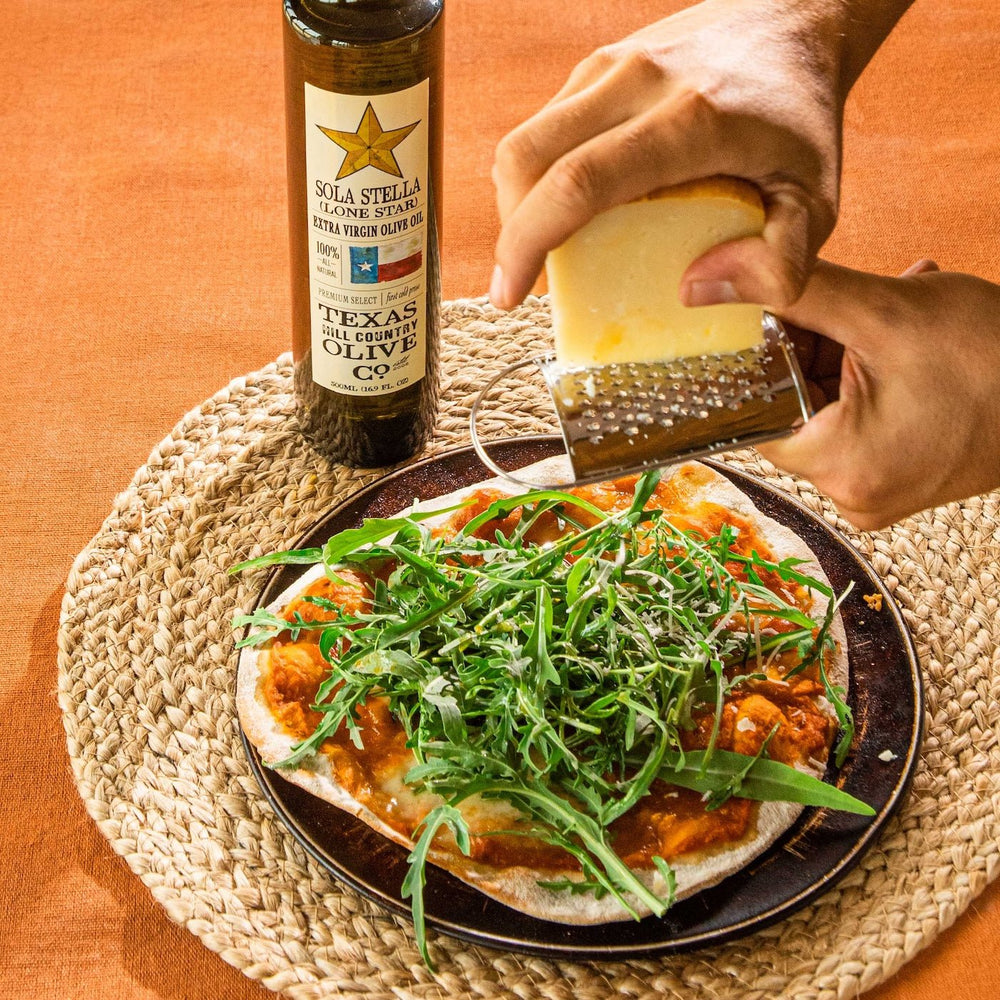
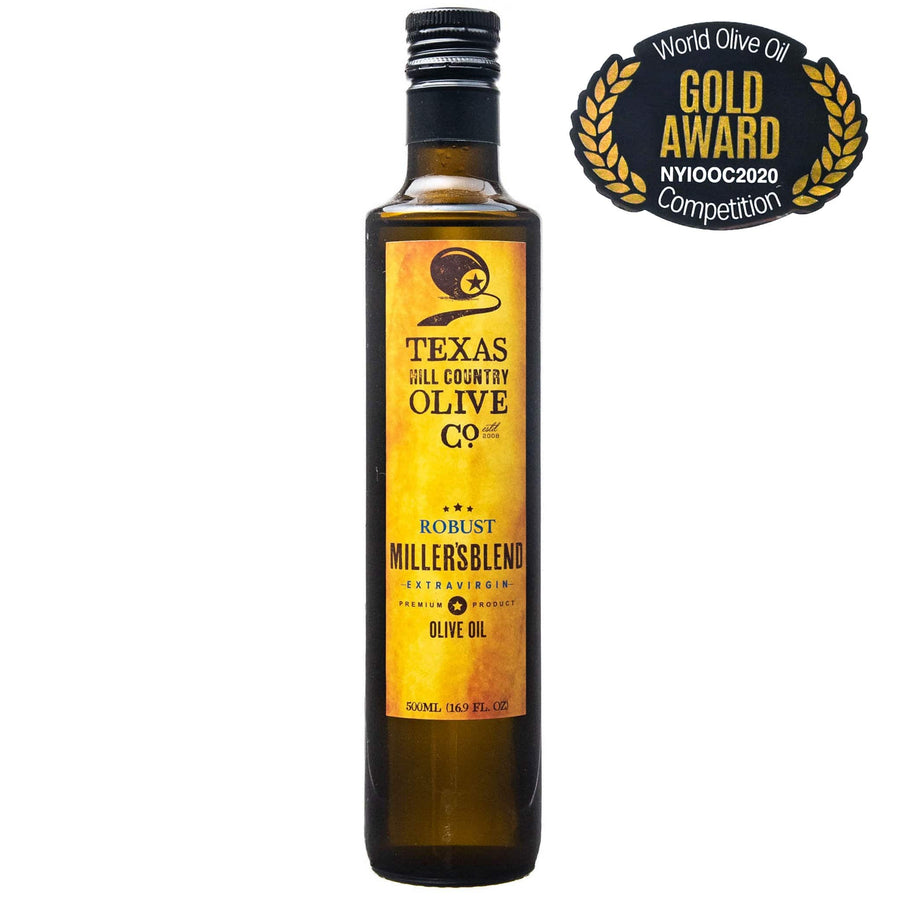
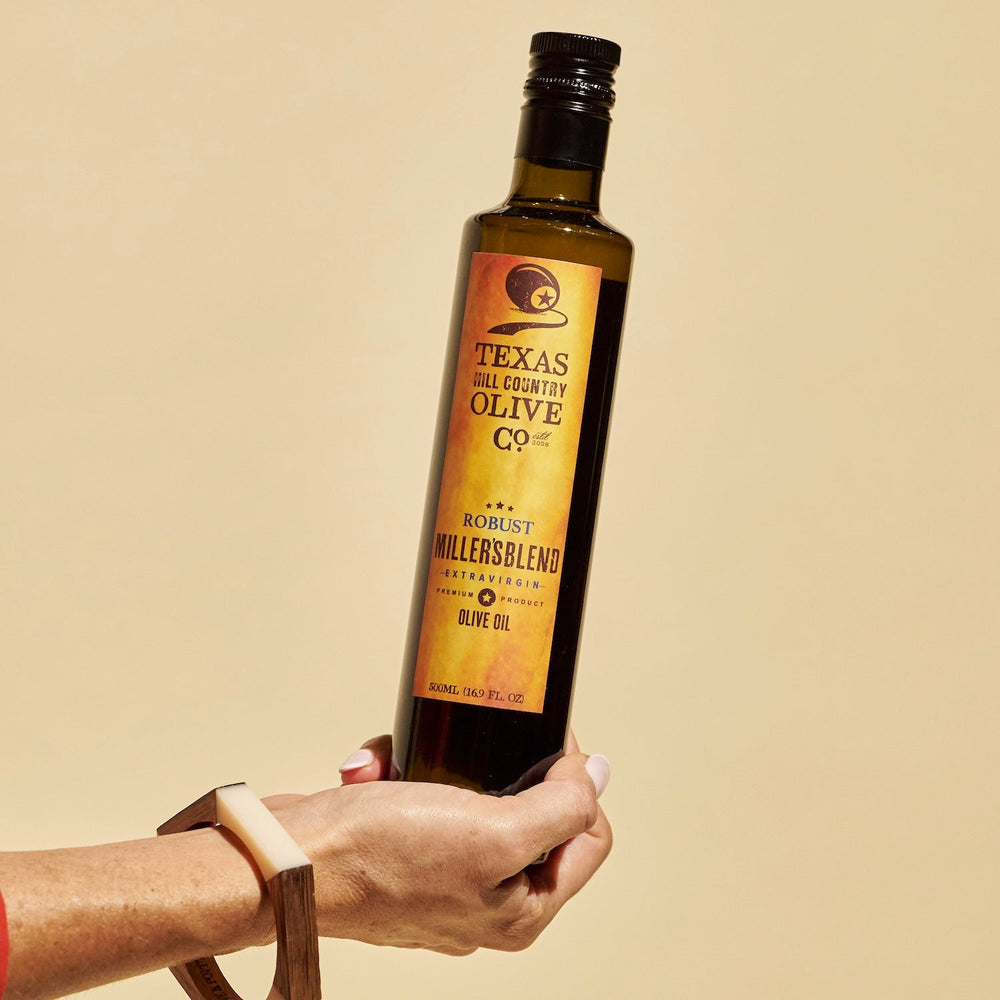


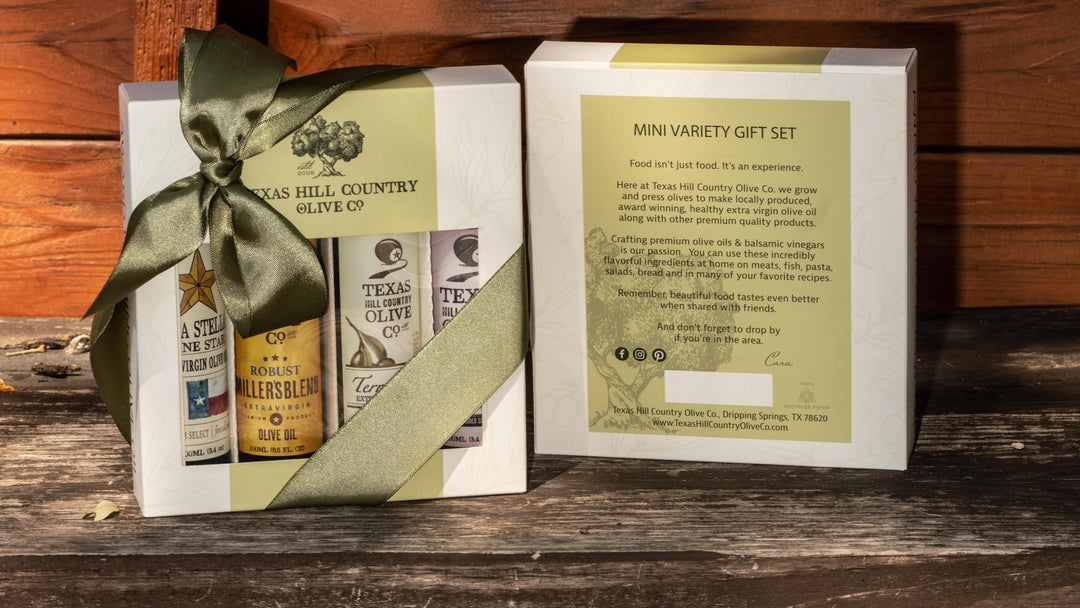

Looking for an olive tree around 5-6’
Do you have the Arbequina trees for sale? I am looking for one about 2 or 3 feet tall. If you do, how much is one? Thank you.
Do you have potted olive trees for sale now?
Hello – we live in Lucas, Texas – near Dallas.
Could we plant our olive tree in a large pot in order to make up for our (sometimes) harsh winters and clay soil? (Similar to planting a lemon tree in a large pot.)
Leave a comment